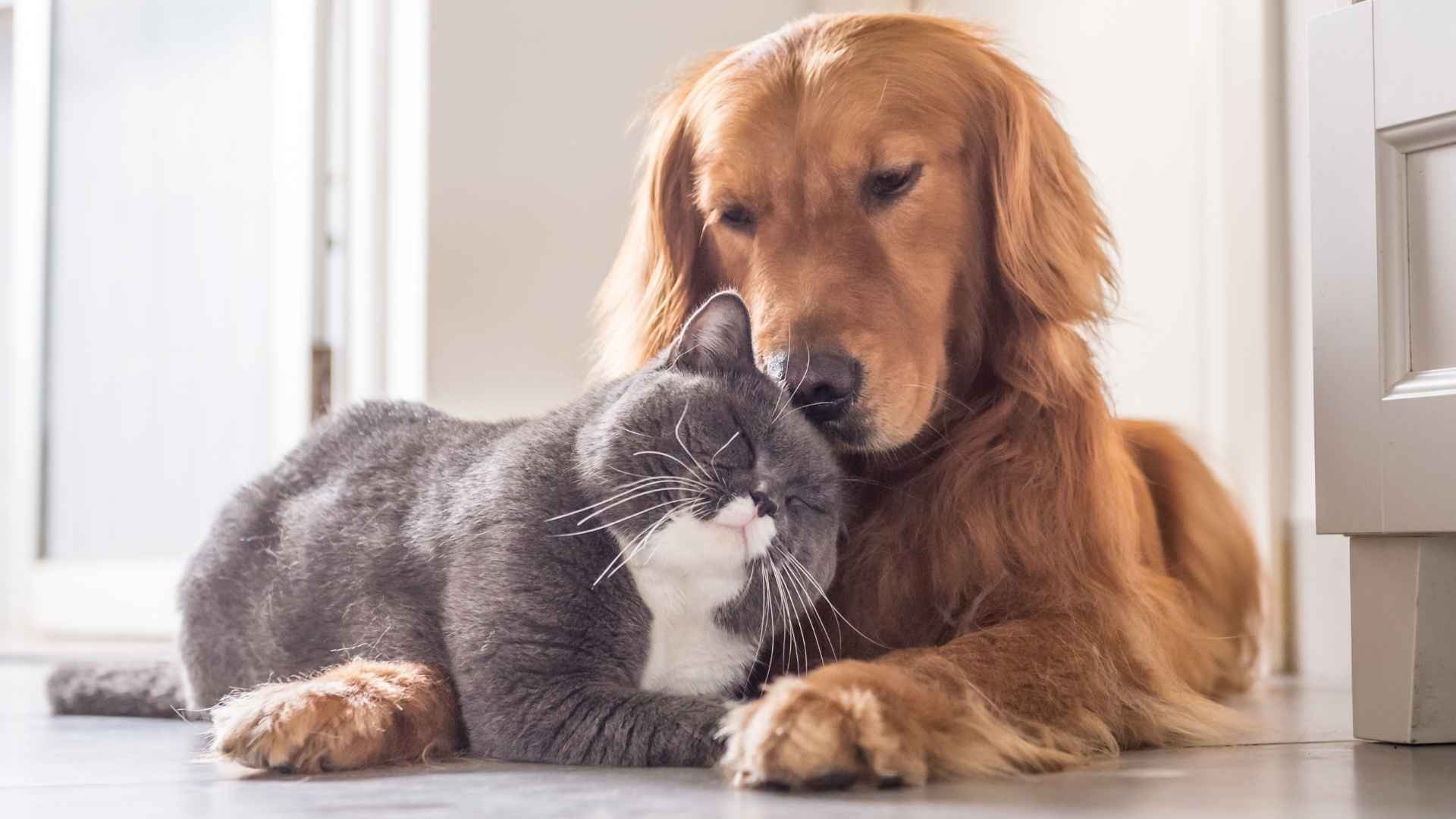It’s the age-old tale—cats and dogs, sworn enemies locked in an eternal rivalry… or are they? While cartoons would have you believe every pup is plotting a chase and every kitty is sharpening their claws, the truth is much sweeter (and fluffier).
Many cats and dogs not only coexist peacefully but also become cuddle buddies, tag-team snack thieves, and loyal siblings. Whether you’re a cat parent considering adding a dog to the mix or a dog lover ready to welcome a feline friend, it’s all about picking the right match. Some dog breeds are naturally more chill, have gentle personalities, and totally cool with sharing the spotlight—and maybe the couch—with a cat.
In this blog, we’re dishing out the best cat-friendly dog breeds, spotlighting 7 dog breeds that absolutely love living with cats. Ready to turn your home into a multi-species paradise? Let’s dive in—no growling or hissing required!
Best Dog Breed for Cats
1. Cavalier King Charles Spaniel
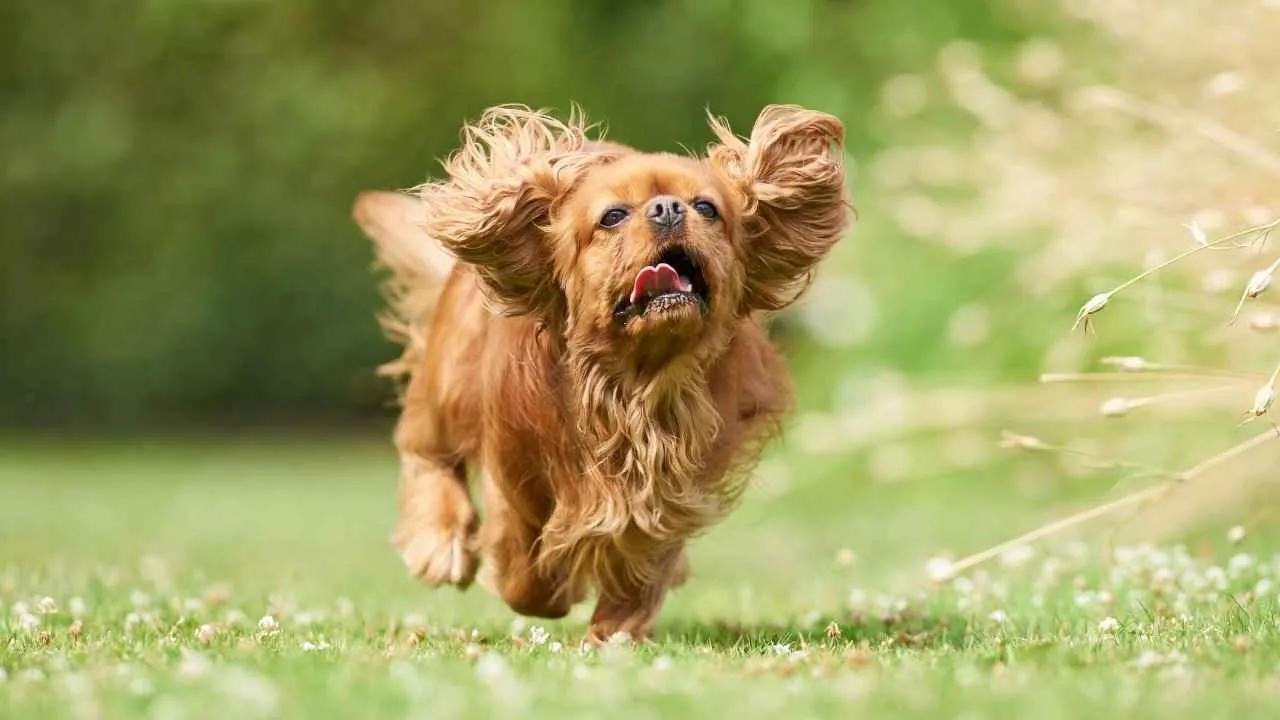
Don’t let the regal name fool you—Cavalier King Charles Spaniels are all about cuddles, not crowns. These sweet-natured pups are as brave as they are friendly. Just a whisker bigger than the average house cat, they carry themselves like royalty—royalty that’s more than happy to share the throne (or dog bed) with a feline friend.
With soulful eyes, silky coats, and squishable faces, Cavaliers are natural charmers. As one of the larger toy breeds, they stand 12–13 inches tall and weigh 13–18 pounds, yet they’ll still curl up in your lap like a teacup pup. Their long, feathered ears and gentle gaze make them look like they stepped out of a fairytale.
So, why do they get along with cats? It’s all in the personality. Cavaliers are playful, affectionate, and laid-back—never the jealous type. They welcome everyone with a wagging tail and a hopeful nudge for belly rubs. Whether it’s children, seniors, or a snobby cat ruling the roost, the Cavalier fits right in.
Fun Fact:
Britannica states the breed is named after King Charles II of Great Britain, who was so obsessed with his spaniels that he reportedly took them everywhere—probably even the royal bathroom. Now that’s dedication.
2. Labrador Retriever
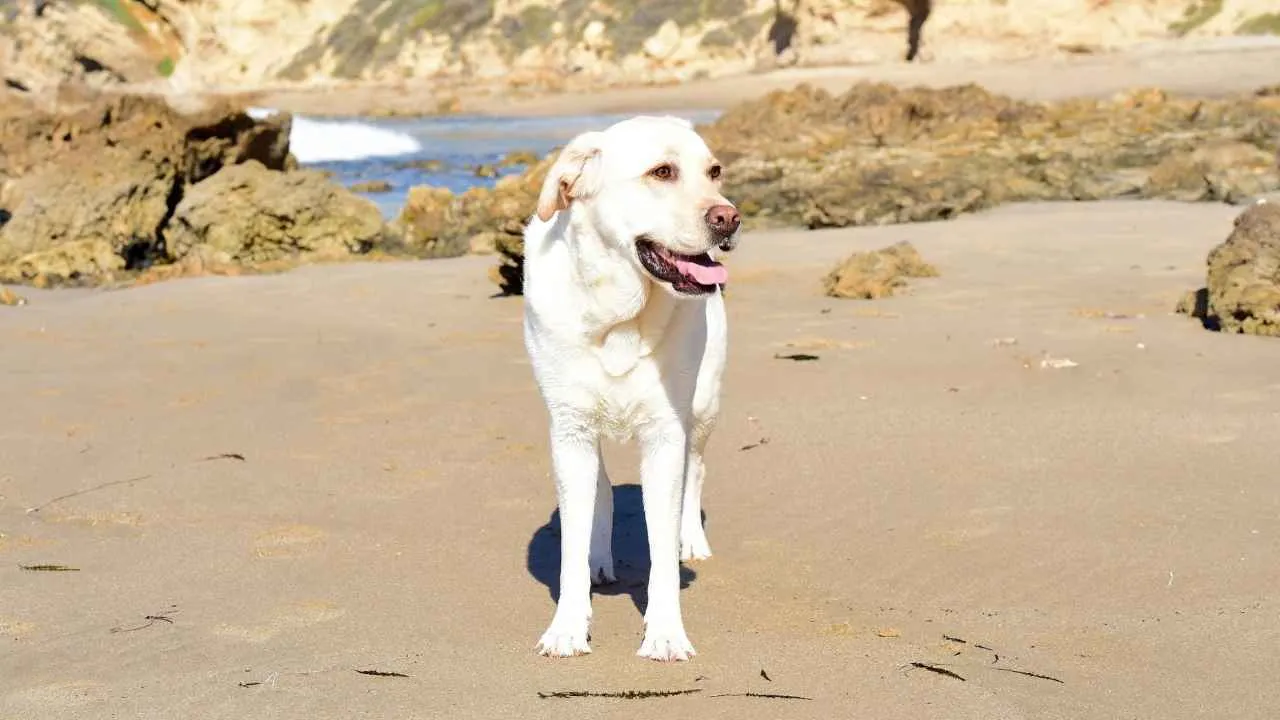
If dogs had a “Most Popular” yearbook title, the Labrador Retriever would win paws down. These big-hearted goofballs are overflowing with love for their humans, fellow dogs, and yep, even cats!
With their playful vibe and gentle nature, Labs are more about making friends than chasing tails. If your cat’s open to a new buddy, a Lab will happily extend a paw.
Labs are tail-wagging bundles of joy who live to love—and eat. (Hide the snacks!) They’re champion cuddlers, but they do need regular exercise or they’ll get creative with their energy… like turning your shoes into chew toys.
Labradors aren’t actually from Labrador—surprise! They’re from Newfoundland. Originally bred to fetch fishnets and ducks, today they’ve traded in the work boots for snuggles and family time. And honestly, they’ve never looked back.
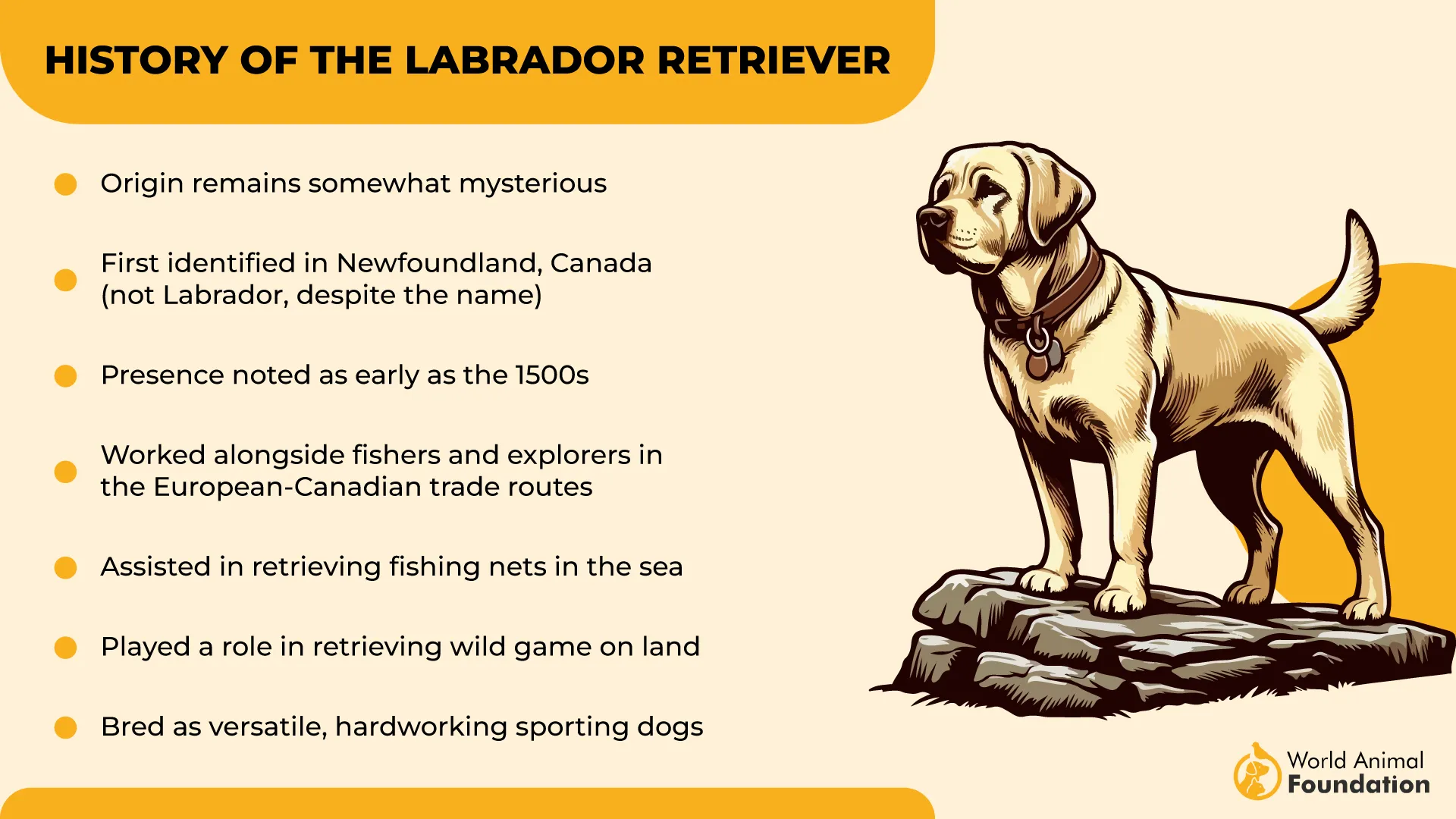
Fun Fact:
As noted by AKC, Labradors are basically the Swiss Army knife of the dog world. From sniffing out contraband to guiding the visually impaired, these pups have mastered more jobs than most humans!
In short, the Labrador Retriever is a lovable, slobbery bundle of sunshine who gets along with just about anyone, as long as you’re not standing between them and their dinner bowl.
3. Golden Retriever

Golden Retrievers are basically the social butterflies of the dog world—playful, affectionate, and always ready to make a new friend (even if that friend is a grumpy cat who didn’t exactly sign up for it).
These sunny pups are outgoing and eager to please, which makes them a great candidate for a multi-pet household, as long as your cat is cool with a little tail-wagging enthusiasm.
Originally bred in 19th-century Scotland to retrieve game birds, Golden Retrievers were born to swim, run, and work alongside humans. Their flowing golden coats, wagging tails, and irresistible smiles have earned them a top spot among America’s favorite breeds—and it’s not hard to see why.
While they’re natural athletes with energy to spare, they’re also couch cuddle pros when it’s time to wind down. They may be distractible during early training (squirrel!), but with a little patience, they’ll be star students.
Why Goldens Get Along With Cats
Super friendly and non-aggressive by nature
Eager to please—so they’ll behave (most of the time)
Adaptable energy levels: playful when it’s time, chill when it counts
Love everyone—dogs, kids, strangers… cats included!
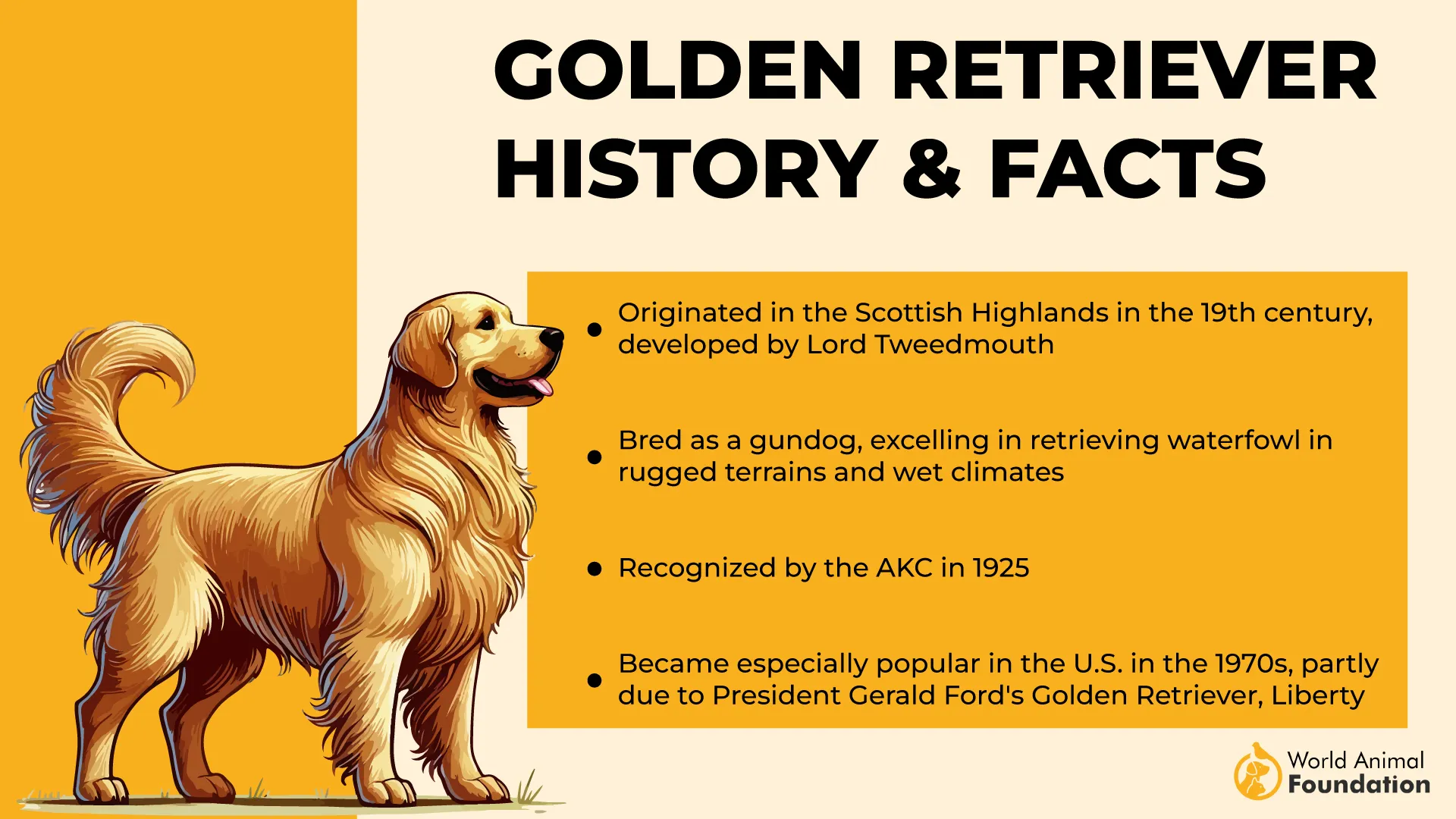
Fun Fact:
They can be a bit too eager, so make sure your feline friend has an escape route for some well-deserved “me time.”
Golden Retrievers aren’t just pretty faces—they’ve served as guide dogs, therapy dogs, and obedience champs. Basically, they’re the overachievers of the dog park.
4. Pug

Wondering if your dreams of a snugglefest between a Pug and a cat can actually come true? Good news—yes, it’s possible! While Pugs and cats have wildly different personalities, these quirky companions can live in harmony… if you play your cards (and introductions) right.
Pugs are the goofballs of the dog world—friendly, low-key, and completely in love with their humans. They also tend to get along well with other pets, especially if those pets are just as chill. If your cat enjoys peace, quiet, and minimal drama, a Pug might just be their spirit animal in a squishy, wrinkly disguise.
Why Pugs Can Be a Cat’s Best Roommate
Small size and low energy—less likely to annoy or chase
Super adaptable and happy to follow your cat’s routine (yes, even nap time)
Low prey drive = low chance of turning into a feline-chasing tornado
Friendly and calm, but perfectly content with solo sofa sessions
That said, don’t expect magic right out of the gate. Cats need space, and Pugs need time to adjust, too. Introduce them slowly, let curiosity take the lead, and always make sure both pets have their own cozy corners to retreat to when they need a break.
Fun Insight:
Pugs were bred to be lapdogs—not hunters—so your kitty can rest easy knowing their new housemate is more likely to snore next to them than pounce. If you’re hoping to build a peaceful, fur-filled home where cat and dog can coexist (and maybe even nap together), the Pug is one of the top contenders for the job.
5. Papillon
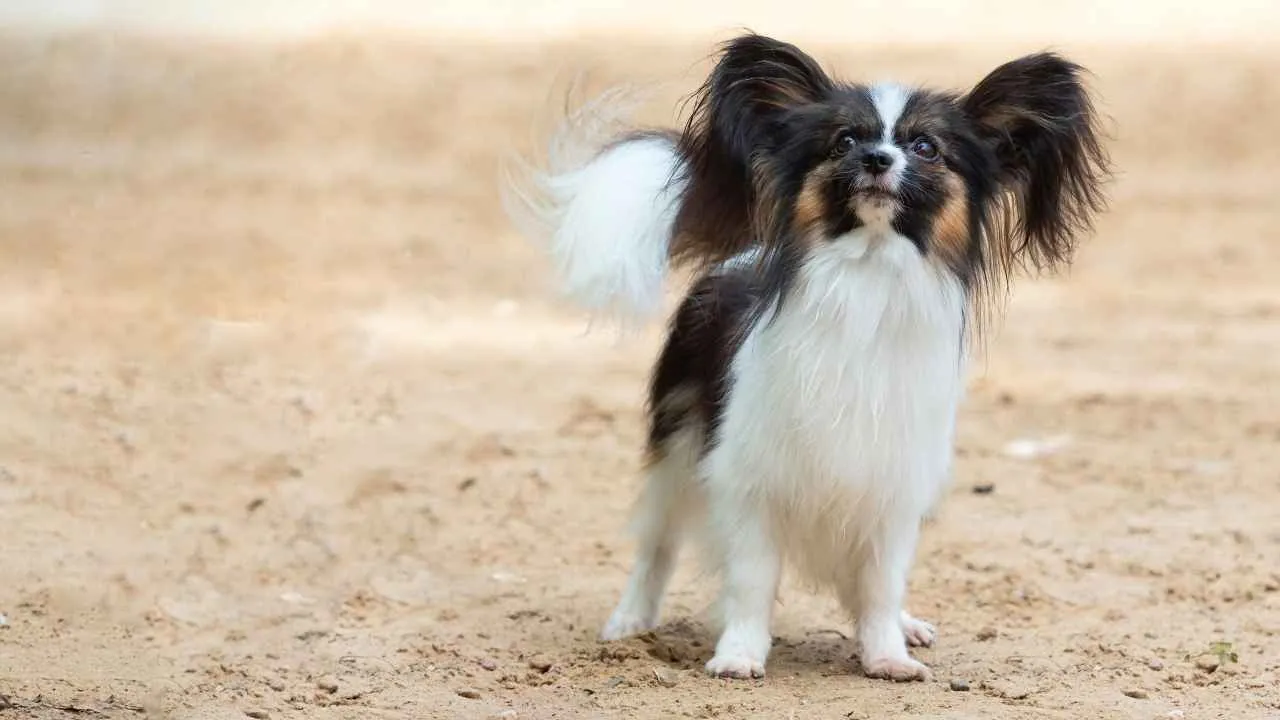
Can a Papillon and a cat get along? You bet your squeaky toy they can—especially if the Pap is socialized from a young age. These pint-sized pups (roughly the same size as your average kitty) are more fluttery than feisty, making them ideal companions for feline roommates.
PetMD states Papillons may have fancy butterfly ears and a dainty frame, but don’t be fooled—they’re outgoing, big-hearted, and adore their humans. When you’re away, a feline friend can help keep them from getting bored or anxious.
These zippy little fluff balls love a good cuddle as much as a game of fetch. Their royal lapdog roots show—they’re smart, social, and always up for action (or a cozy nap).
While energetic, they’re not over the top. A daily walk, some indoor play, or backyard zoomies will keep them happy. They’re friendly with everyone—cats, dogs, kids, and adults alike—though toddlers should be supervised to avoid accidental squishes!
Why Papillons Make Purr-fect Cat Roommates
Small and gentle—not intimidating to most cats
People- and pet-oriented: they love having company
Easy to train and eager to please
Adaptable to apartment or city life with minimal exercise needs
Fun Fact:
“Papillon” is French for butterfly, and with those fancy, flared ears? The name totally fits.
6. Beagle
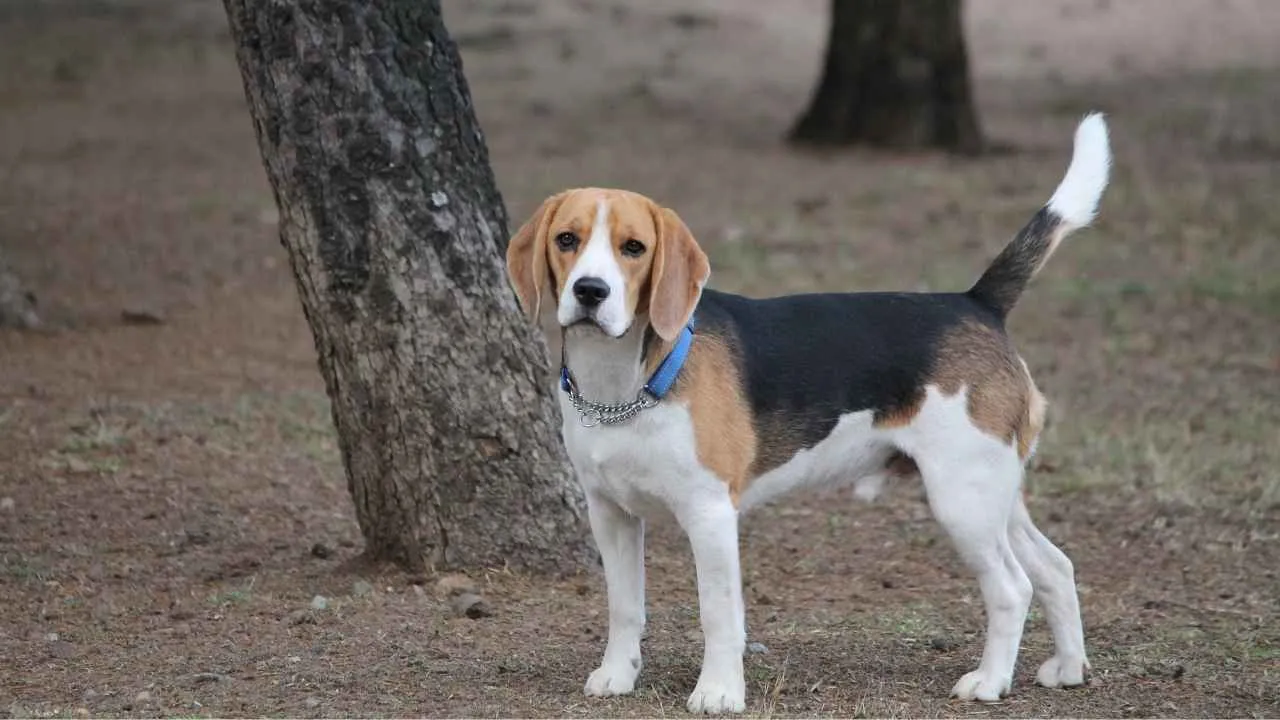
When you think of Beagles, you probably picture floppy ears, wagging tails, and a nose that just won’t quit. These adventurous little hounds were born to chase scents and follow their quarry, which can make cat companionship feel like a bit of a gamble. But don’t worry—it’s not all howls and hurdles.
Yes, they are—energetic, vocal, and super scent-driven. As noted by Britannica, that nose knows no bounds, and sometimes that means a cat-shaped blur could trigger chase mode. But Beagles are also affectionate and pack-oriented, so forming a bond with a cat isn’t out of the question. It just takes a little strategy.
Beagles can make great cat companions with the right match. Puppies are playful and less intimidating, making introductions easier if your cat tolerates zoomies. Older Beagles are calmer but may have stronger prey instincts, so kittens might not be a good choice. Instead, a confident adult cat—or a larger, no-nonsense feline—is usually the best fit.
Training Tips for a Paw-sitive Partnership
No forced friendships – Let them approach, sniff, and retreat at their own pace. Trust us, cramming them into a room together won’t spark a Disney moment.
Separate their spaces – Keep food bowls, toys, and litter boxes exclusive to each pet. Boundaries are a beautiful thing.
Reward good behavior – If your Beagle ignores the cat or plays nice? Treats, praise, and belly rubs! Reinforce the chill behavior you want to see more of.
Bonus Tip:
Make sure the cat’s favourite perch or cozy nook doesn’t involve crossing Beagle territory. Nobody wants to tiptoe past a curious nose just to take a nap.
7. Bulldog
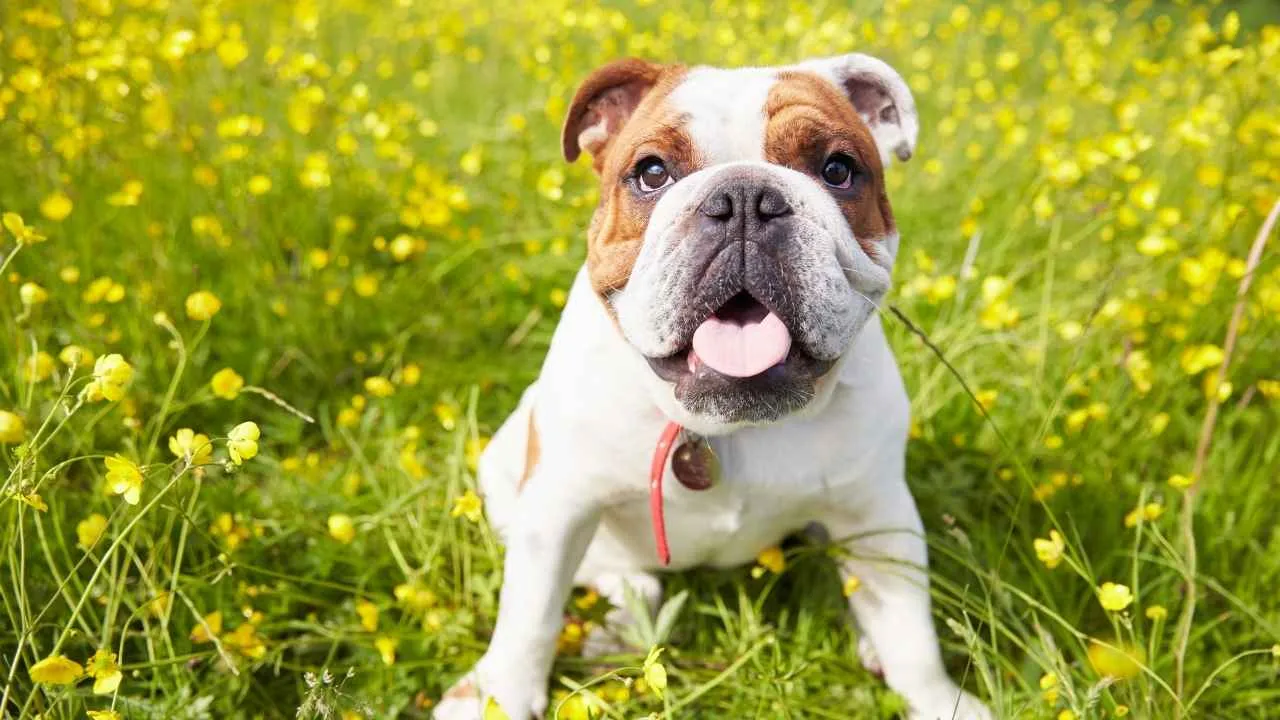
Bulldogs—those squishy-faced charmers with a signature waddle—are beloved for their calm, affectionate nature. Loyal and laid-back, they’re more gentle couch potatoes than eager-to-please performers, but that mellow vibe makes them great for multi-pet households—if introductions are handled with care.
Despite their grumpy expressions, Bulldogs are softies at heart. They’re gentle with kids, affectionate with adults, and often called “clowns in a dog suit” for their goofy, lovable antics.
They thrive on companionship and prefer not to be left alone too long. Whether napping beside the cat or soaking up family time, Bulldogs bring nothing but good vibes to a fur-filled home.
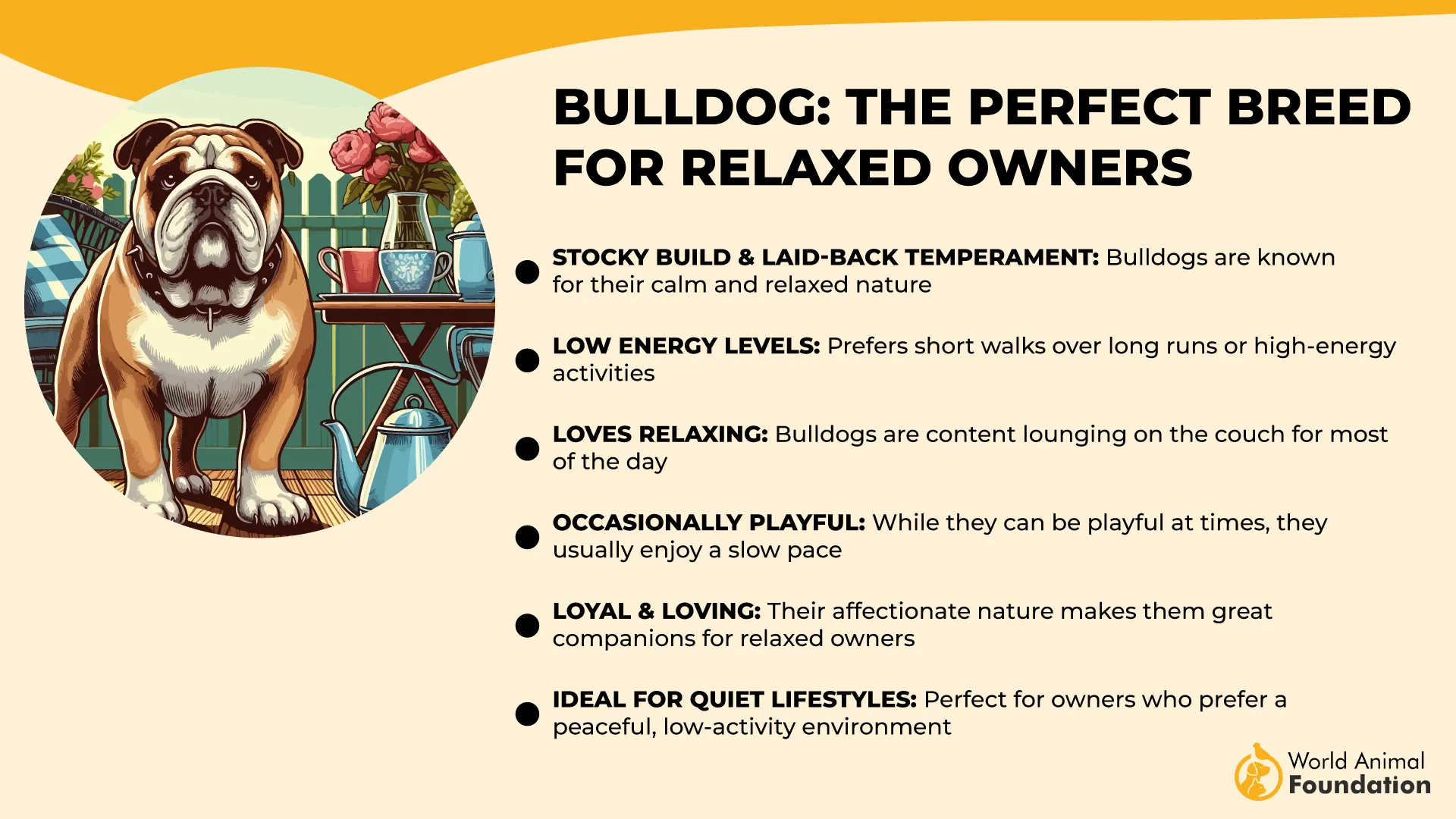
The Bulldog + Cat Dynamic: Friends or Frenemies?
Let’s talk cats. Bulldogs have a bit of a prey drive left over from their bull-baiting days, and their snorty, steamroller energy can confuse the feline crowd. But don’t worry—with a proper introduction and some patience, Bulldogs and cats can totally learn to cohabitate peacefully.
Start while they’re young—puppies are easier to train.
Use scent-swapping before any face-to-face meetings.
Supervise early interactions and praise good behavior.
You might not get Insta-besties, but with time, your Bulldog and cat can peacefully coexist (or at least tolerate each other’s existence like proper roommates).
Conclusion
Choosing the best dog for a cat-filled household comes down to more than breed—it’s about personality, patience, and proper introductions. While breeds like the Basset Hound, Maltese, Collie, and Bichon Frise are often a good bet due to their gentle, trainable nature, individual personalities matter just as much.
Dogs from the terrier or herding group may have stronger instincts to hunt or chase, so supervision and training are key. Still, with guidance from a vet and help from a reputable breeder, even high-energy pups can learn to respect your cat’s business.
Many dogs thrive with feline company and other animals, including guinea pigs, when raised in a calm, structured home. If you’re a pet lover, adding a new dog to the mix, take your time—finding that perfect match is absolutely worth noting.


